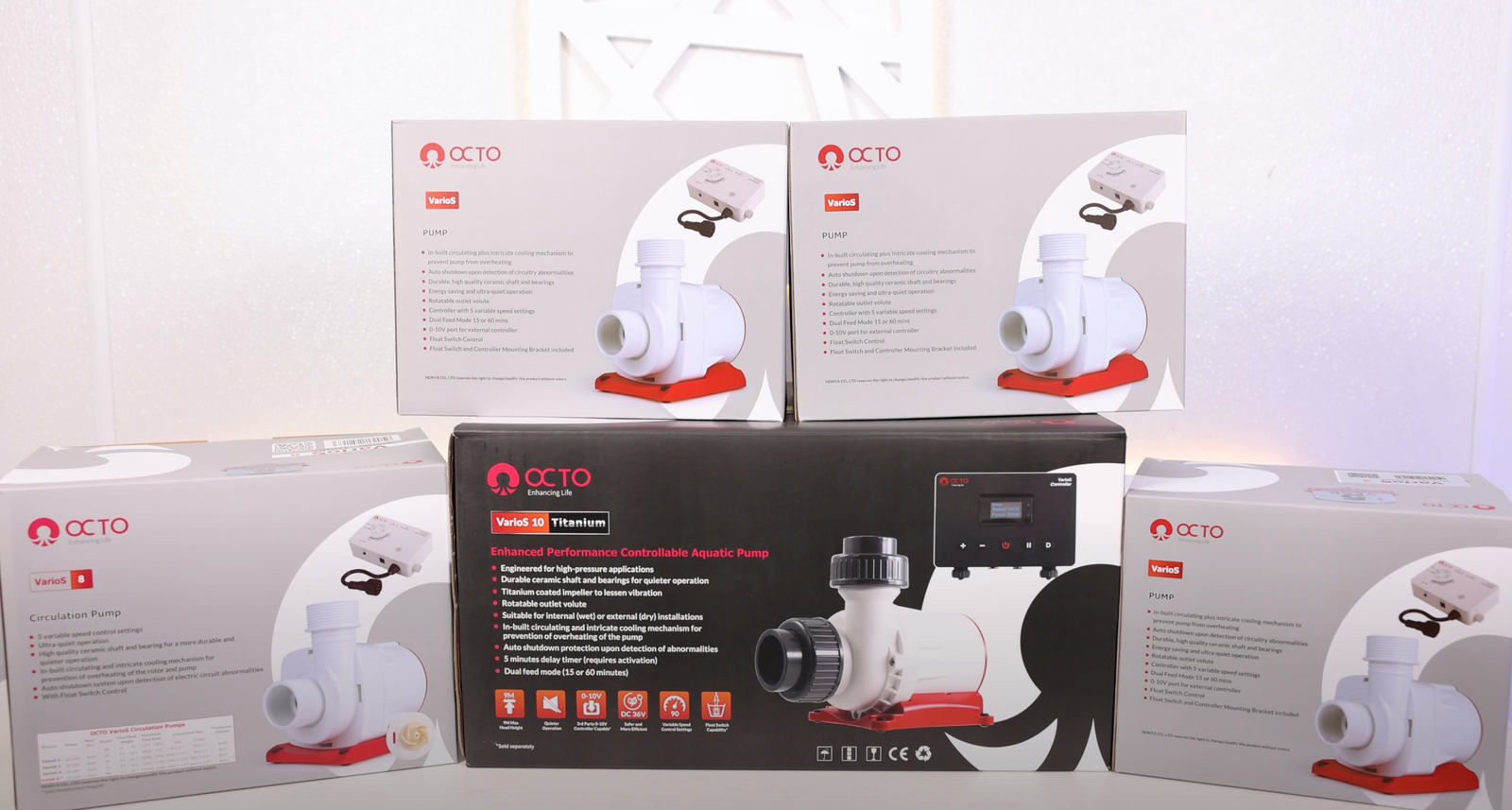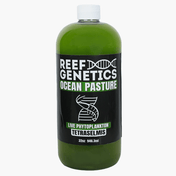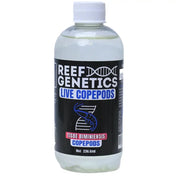A return pump is one of the most critical pieces of equipment in any sump-based aquarium system. It circulates water from the sump back to the display tank, ensuring proper filtration, oxygenation, and flow. But with so many models on the market—DC, AC, compact, high-pressure—it’s easy to get overwhelmed. This guide is designed to be a comprehensive reference for both new and experienced hobbyists. Whether you're upgrading an established reef tank return pump or building your first saltwater aquarium, this is your go-to resource for selecting the best return pump for your aquarium.
What Is a Return Pump?
A return pump is responsible for pushing water from your sump (usually located below your tank) back up into the main display. This circulation is essential for keeping your filtration system working and your water parameters stable. Without a return pump, your sump system can’t function.
Return pumps differ from other aquarium pumps like powerheads or circulation pumps. While powerheads are used inside the display tank to create internal water movement, return pumps work behind the scenes, keeping the entire system running by feeding water through mechanical, biological, and chemical filtration before returning it to the display. Whether you're setting up a new fish tank return pump or replacing an old model, understanding this role is key.
How Much Flow Does Your Tank Need?
The general rule of thumb is to aim for a return flow rate that turns over your total display tank volume about 5 to 10 times per hour. For example:
- A 50-gallon tank would benefit from a return pump rated between 250–500 gallons per hour (GPH), accounting for head height.
- A 120-gallon reef might need a pump pushing 800–1,200 GPH after head loss.
However, these numbers aren’t set in stone. High-bioload systems, SPS-dominant reefs, or tanks running multiple inline devices like UV sterilizers, reactors, or chillers may benefit from a higher turnover rate. On the flip side, soft coral or fish-only systems may get by with less. Always factor in the demands of your livestock and equipment.
It’s also important to note that advertised GPH ratings are often measured with zero head pressure. You’ll lose flow depending on how high the return pump for aquarium systems needs to push the water (see below).
Sump Size and Head Height: What to Consider
Head height (or head pressure) is the vertical distance the pump needs to push water from the sump to the return outlet in your display tank. Every elbow fitting, valve, or section of plumbing adds resistance—this is known as friction loss—which further reduces the pump’s actual output.
To calculate an estimated total dynamic head (TDH), start with the vertical rise from the pump to the top of the return plumbing. Then add resistance for each fitting or 90-degree elbow—typically 0.5 feet of head per elbow as a rule of thumb. Most manufacturers provide flow rate curves that show how GPH drops as head pressure increases.
Also, make sure your sump’s return chamber holds enough water to keep the pump running without pulling in air. Oversizing your aquarium return pump relative to your sump capacity can lead to increased evaporation drawdown, noise, and microbubbles entering your display tank.
DC vs. AC Pumps: Which Is Better?
Both DC and AC pumps have their advantages, and the right one depends on your setup and preferences.
DC Return Pumps
- Variable speed control for tuning flow
- Quieter operation due to brushless motors
- Lower power consumption in most cases
- Integrated smart controllers (e.g., feed mode, ramp-up)
-
Ideal for tanks with variable flow needs or advanced automation
AC Return Pumps
- Simpler design and fewer failure points
- Often more affordable upfront
- More rugged in certain long-term use cases
- Great for hobbyists who prefer plug-and-play setups
For example, DC pumps like the VarioS-2 or VarioS-4 are popular in reef tank setups for their quiet operation and tunability. AC pumps like the Sicce Syncra series remain favored in basic builds for their reliability and minimal electronic complexity.
Noise, Heat, and Power Consumption Factors
Every return pump generates some level of heat and noise, both of which can affect tank stability. DC pumps tend to run cooler and quieter, making them a strong choice for systems located in enclosed cabinets or nano setups where heat and noise are more noticeable.
Excessive pump heat can slowly raise your water temperature, especially if your sump is in a warm room or if the pump runs at max speed constantly. Energy efficiency also plays a role—particularly for large reef systems—so comparing wattage ratings can help you estimate long-term power usage.
Lastly, always consider how the pump mounts. Rubber feet, silicone dampers, or vibration pads can drastically reduce noise, especially in setups with hard plumbing.
Wrapping It Up: Choosing Your Ideal Return Pump
Selecting the right return pump is more than just picking a model that fits your tank size—it's about finding a pump that aligns with your system's flow demands, plumbing layout, sump design, and noise or energy preferences. Whether you're searching for a saltwater aquarium return pump or a return pump for a freshwater system, the principles remain the same.
By understanding how head pressure, turnover rate, and pump type (DC vs. AC) affect your setup, you’re better equipped to make a long-term investment in the health and stability of your aquarium. Choosing the right return pump reef tank setup isn’t just about specs—it’s about building a system that runs smoothly, efficiently, and reliably.
Whether you're running a small nano reef or a large, complex SPS system, the key is to balance performance with efficiency. Always factor in head loss and system constraints before finalizing your choice. And remember: a well-chosen aquarium return pump supports every part of your filtration loop—from skimmers to reactors—so it’s worth taking the time to get it right.


















